Apple's product launch schedule has been remarkably consistent over the years, but this week feels genuinely pivotal. Industry insiders are buzzing about announcements that could reshape Apple's entire product ecosystem, with Bloomberg's Mark Gurman reporting that Apple plans to announce new products "this week."
What makes this moment feel different is the strategy behind it. We're looking at a coordinated triple launch across three distinct product categories, the iPad Pro, Vision Pro, and MacBook Pro, all tied together by Apple's next-generation M5 chip. Not routine maintenance, more like Apple's most comprehensive silicon refresh since the original M1 transition, touching every part of the professional and creative lineup at once.
The M5 iPad Pro: Creative professionals get their power boost
The iPad Pro has become a daily driver for digital artists, video editors, and mobile pros who want desktop-class performance in a tablet. The M5 update looks like its biggest leap yet, and there is real-world evidence to back that up.
Here's the twist. Russian YouTubers posted complete unboxing videos of what appeared to be genuine, unreleased M5 iPad Pro models. Not blurry leaks, actual hands-on clips that highlighted key specs and offered a clear first look at Apple's direction.
Performance jumps are the headline. Early benchmarks reveal the M5 chip delivers 12% faster multi-core CPU performance and up to 36% better graphics output compared to current M4 models. The bigger shakeup for pro workflows is memory, with the base RAM configuration jumping from 8GB to 12GB.
That extra headroom changes what you can do on a tablet. Think 4K video timelines with more layers before you hit a wall. Heavier 3D scenes with denser textures. Illustration files with dozens of high-res layers that keep panning smoothly. The iPad Pro edges closer to a laptop replacement for demanding creative work.
Apple seems to be listening on accessories too. Many consumers hope for greater modularity in the iPad Pro, and reports suggest Apple might improve the Magic Keyboard and potentially revive the Smart Folio Keyboard, giving creative pros more ways to build the setup they like.
Vision Pro 2: A strategic pause while Apple regroups
Let's address the Vision Pro's market reality. Despite impressive engineering, many consider it a commercial flop, largely due to its $3,500 retail price and bulky form factor. The timing has not helped either, since the Vision Pro arrived when market momentum is shifting toward smart glasses, lighter and less intrusive devices.
Enter Vision Pro 2 with a practical checklist. The Vision Pro 2 will come with a faster M5 chip and a better strap to make it more comfortable. Specifically, Apple may include a more comfortable "Dual Knit Band" head strap and a Space Black color option.
More horsepower matters in mixed reality. The Apple Vision Pro 2 is expected to get vastly improved CPU cores and a huge GPU upgrade with hardware accelerated ray tracing, which could make environments more responsive and visually rich. There is also talk of an R2 chip to improve input from sensors in real-time, the kind of thing that trims the latency that breaks immersion.
The larger strategy is murkier. Reports indicate that development of a next-generation Vision Pro has been suspended in favor of smart glasses, which frames Vision Pro 2 as a bridge rather than the final destination.
So yes, it looks like Apple is buying time while it figures out a wider, more approachable path for spatial computing. The improvements help early adopters, but they do not erase the price and comfort barriers keeping the device niche.
MacBook Pro: Steady evolution for creative workstations
The MacBook Pro move is the most predictable of the bunch. A base 14-inch MacBook Pro with an M5 chip is "ready for launch," according to Gurman, and new laptops have entered mass production.
This fits Apple's October rhythm. Apple often releases new MacBook Pro models in October, and in October 2024, Apple announced 14-inch and 16-inch MacBook Pro with M4, M4 Pro, and M4 Max chips. This year's step looks like a clean continuation.
Temper expectations. This year, the changes are expected to be minor, with a new M5 chip the only significant change. Heavier hitters can wait, since higher-specced models like the M5 Pro and M5 Max may not be available until early 2026.
That restraint makes sense for Apple's most reliable creative workhorse. The design is mature and trusted by pros, so dialing up processing and leaving the rest alone delivers practical gains without rocking the boat.
The bigger redesigns are still down the road. Rumors suggest Apple is working on a redesigned MacBook Pro with an OLED display and a thinner chassis, but this isn't expected until the M6 chip arrives. Which is why this M5 round looks like momentum maintenance, not a revolution.
What this reveals about Apple's competitive positioning
This coordinated M5 push shows how Apple is playing across several fronts at once. The M5 chip promises improved multitasking, smoother graphics, and better AI-driven workflows, with leaked benchmarks showing 12% faster single-core CPU and 36% faster GPU performance over the M4.
The way Apple plans to roll this out is telling. Gurman doesn't expect Apple to hold an event to announce these products. Instead, look for a series of press releases on the Apple Newsroom website, possibly paired with shorter promotional videos for each product on YouTube.
Quiet announcements, confident updates. It signals that these are meaningful, but evolutionary, and Apple would rather keep momentum humming than stage a splashy show that overshadows recent iPhone, Apple Watch, and AirPods launches.
Looking ahead, the pipeline does not look thin. Reports hint at new AirTags, an Apple TV refresh, and a next-gen HomePod mini in development. 2026 could bring updated versions of the entry-level iPad, iPad Air, MacBook Air, and possibly the new iPhone 17e, a sign Apple plans to keep its whole ecosystem current.
The bottom line: Strategic positioning over revolutionary features
If these launches land this week, they show Apple reading the room across different markets. The iPad Pro gets performance upgrades that directly matter to creators who push these devices hard. The Vision Pro focuses on comfort and processing while Apple charts its longer-term spatial strategy. The MacBook Pro keeps its edge with new silicon, no risky detours.
Each update mirrors a different pressure. The iPad Pro is squeezing against traditional laptops and Windows tablets, so the 36% graphics bump and 12GB base RAM answer that challenge head on. The Vision Pro lives in an uncertain category, so comfort tweaks and extra power buy time. The MacBook Pro sits in Apple's most established professional lane, so steady performance gains preserve its lead without messing with what works.
For buyers, the timing is friendly. Apple launched brand new iPhones, Apple Watches, and AirPods last month, but has no plans to slow down, a clear signal that Apple wants top-tier performance across the lineup at once.
The real decision is personal. Do the gains justify the spend? For creators chasing every ounce of speed, the iPad Pro's 36% graphics improvement and 12GB base RAM could unlock new workflows. For Vision Pro early adopters, better comfort and processing could make longer sessions feasible. For MacBook Pro users, the M5 keeps a trusted workstation competitive for years.
Bottom line, this week could mark Apple's most coordinated silicon stride yet, even if each product update feels more evolutionary than explosive.




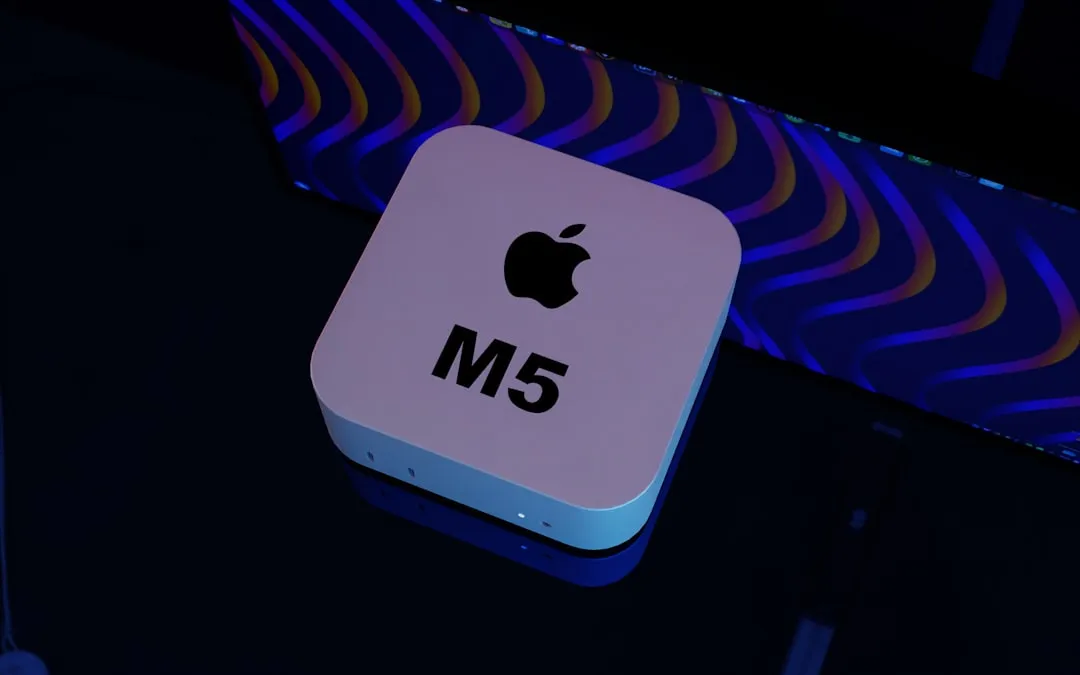


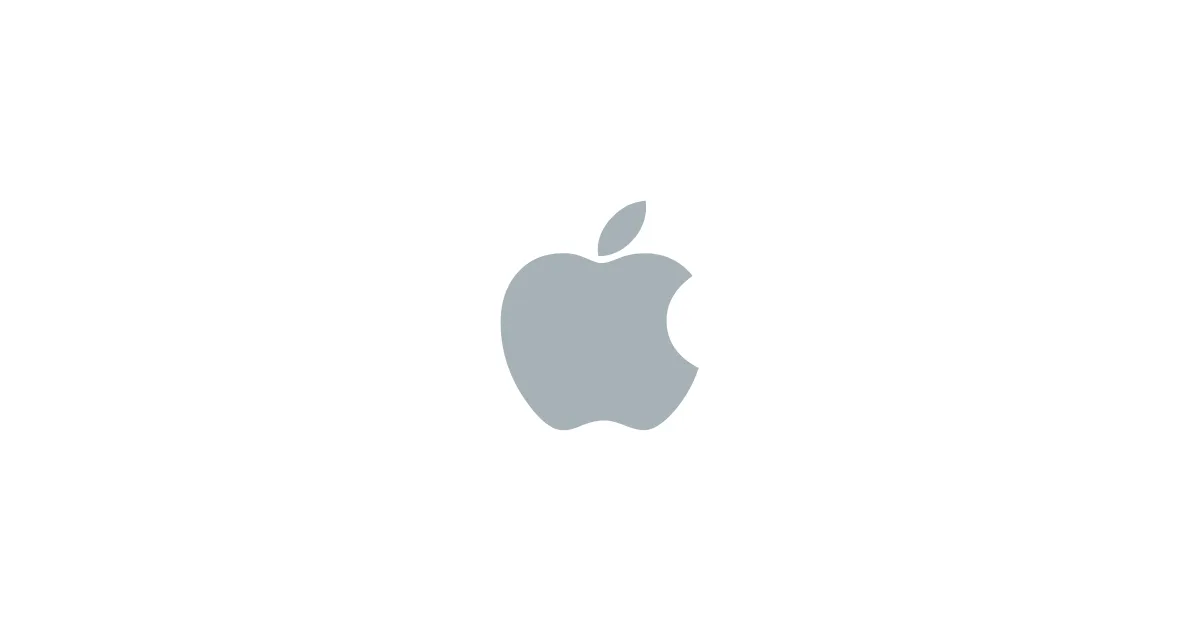
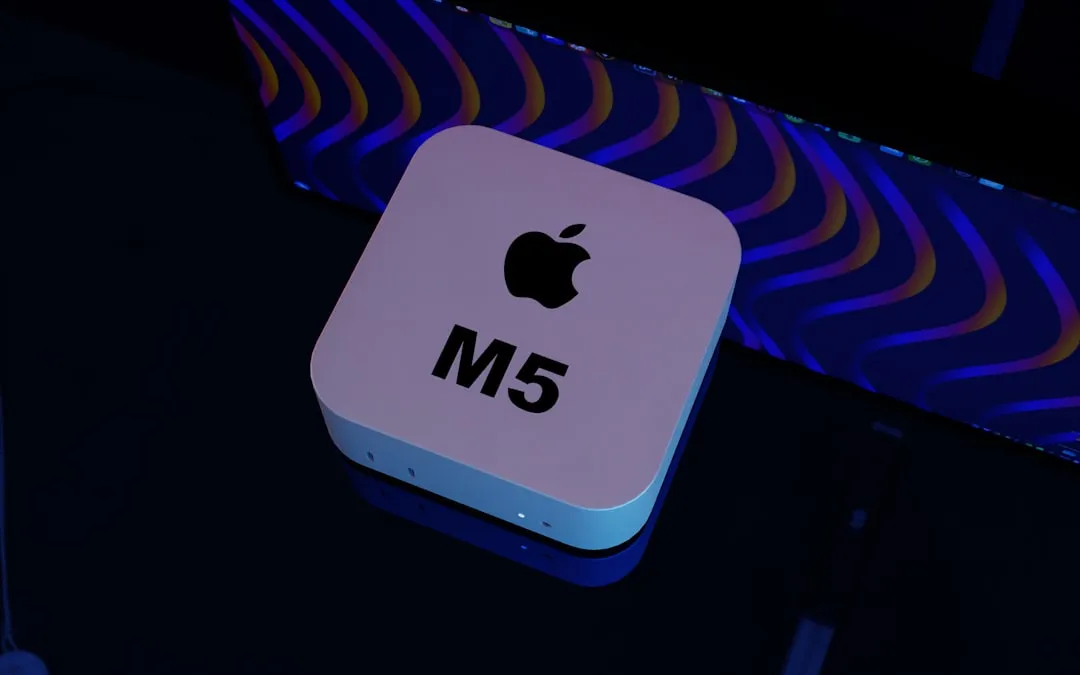
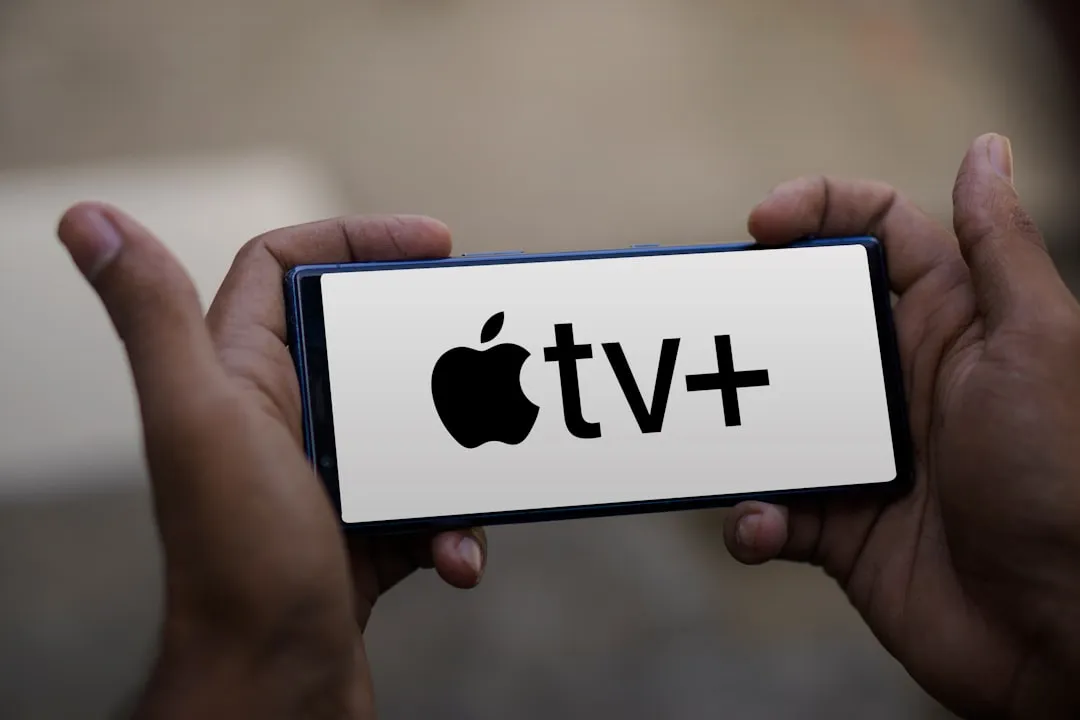
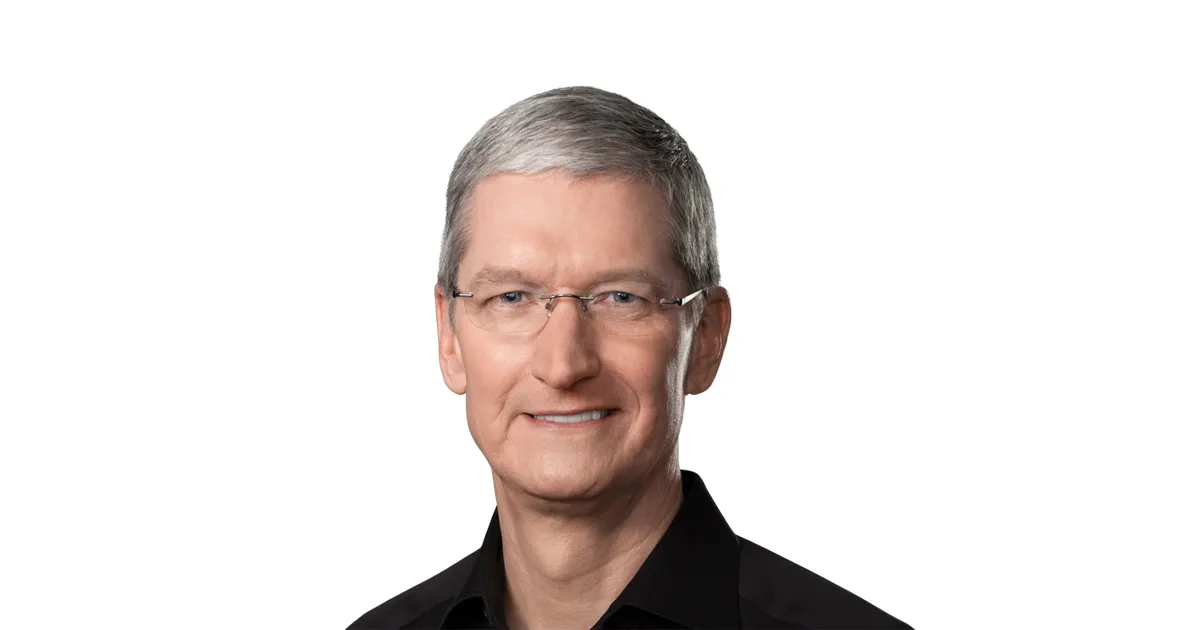
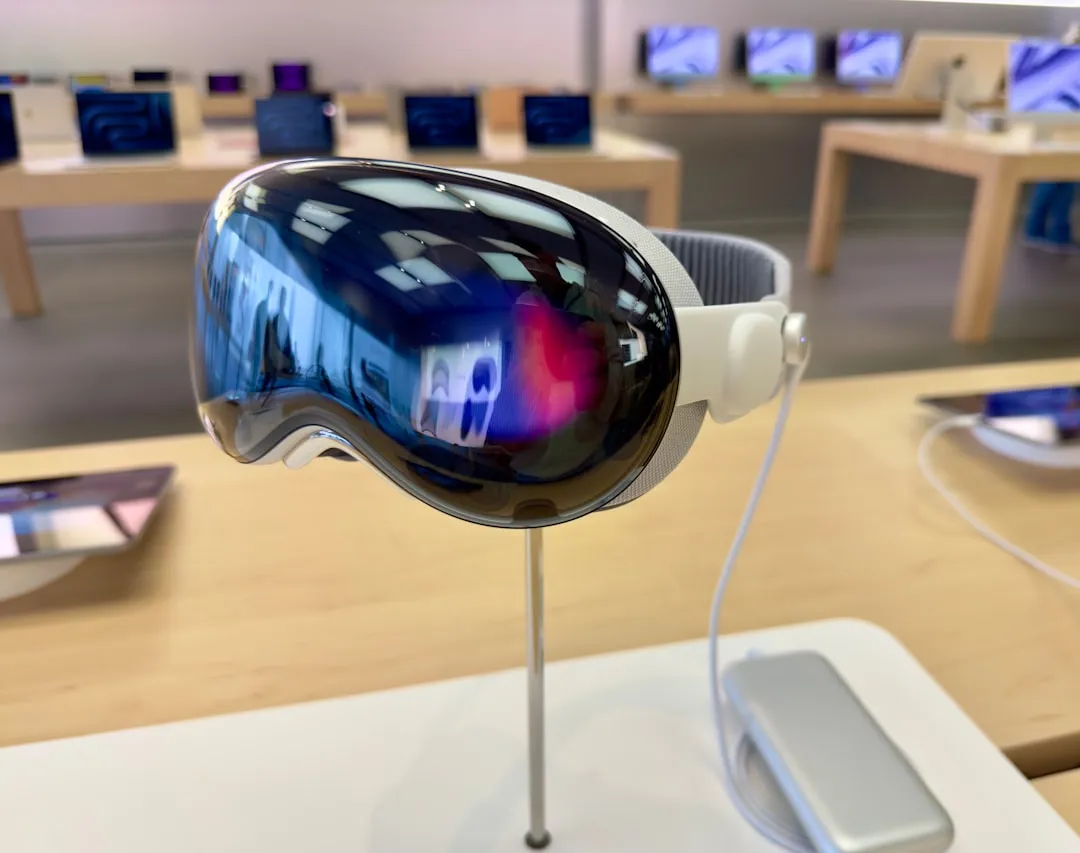
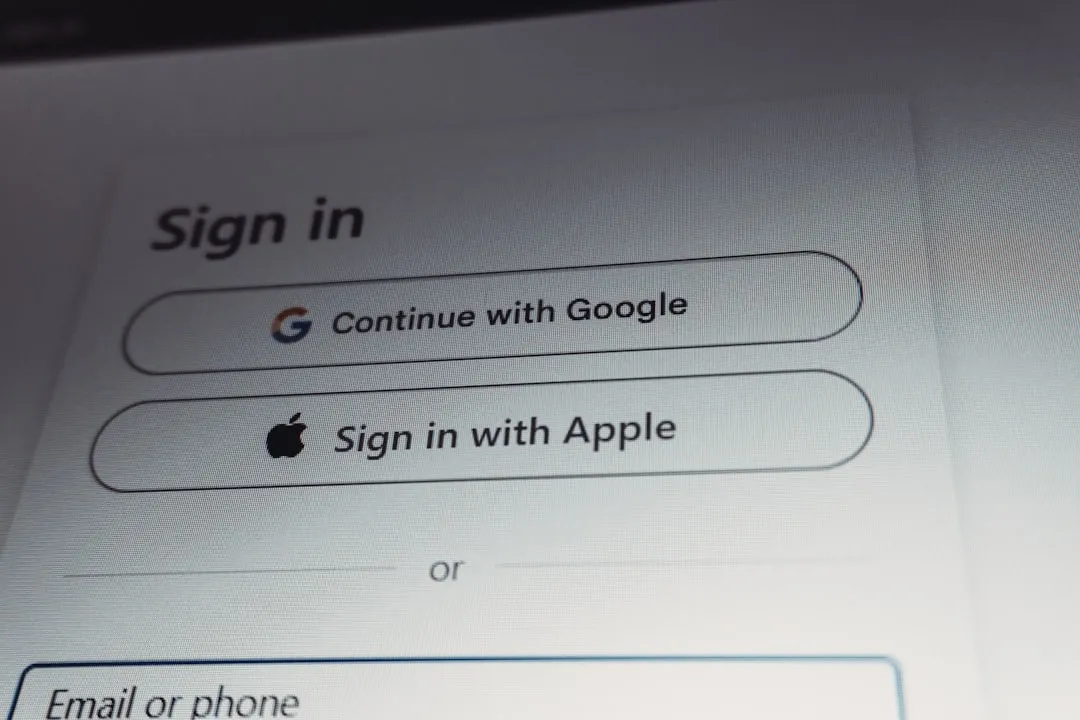
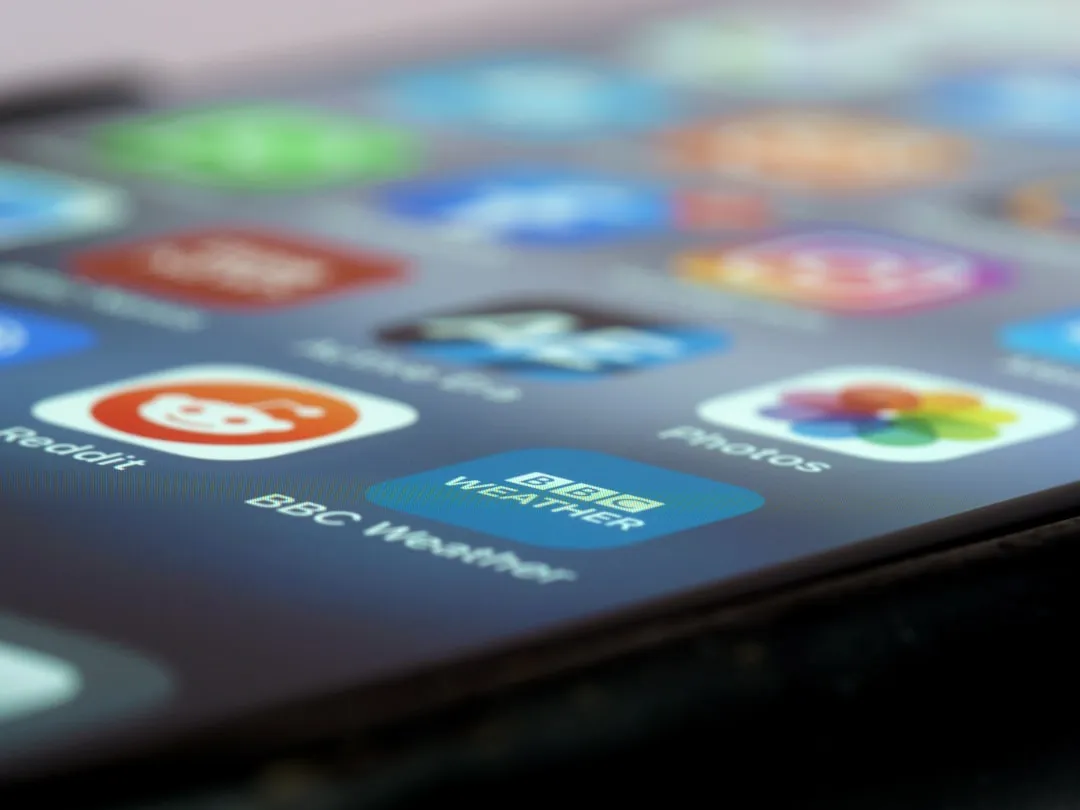
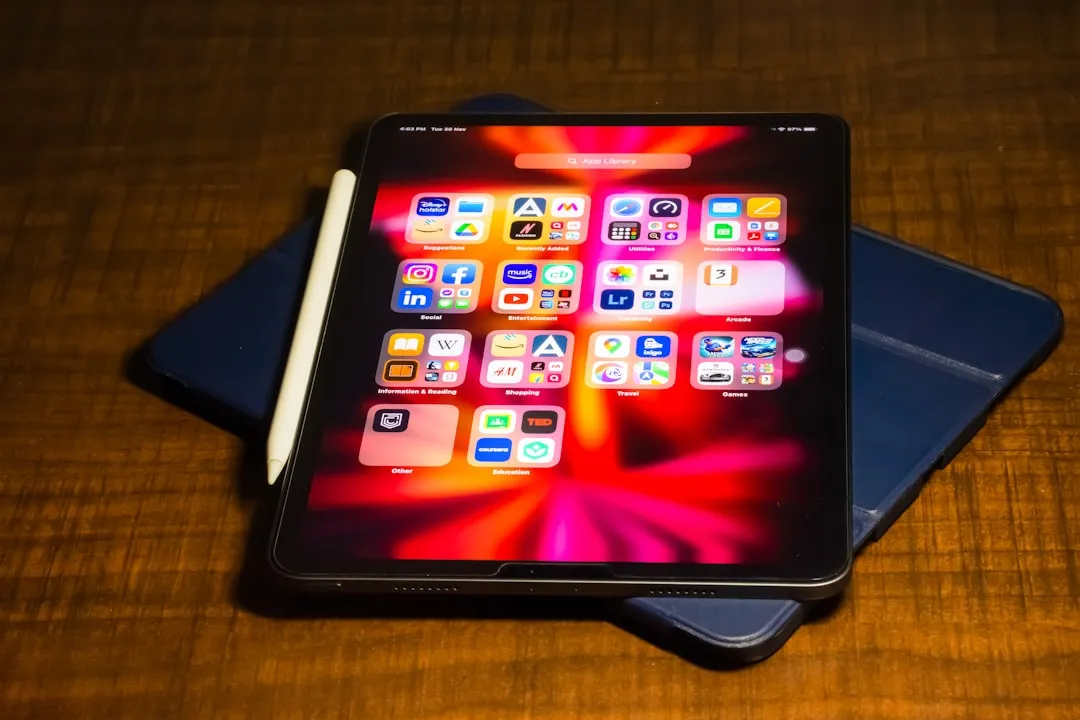
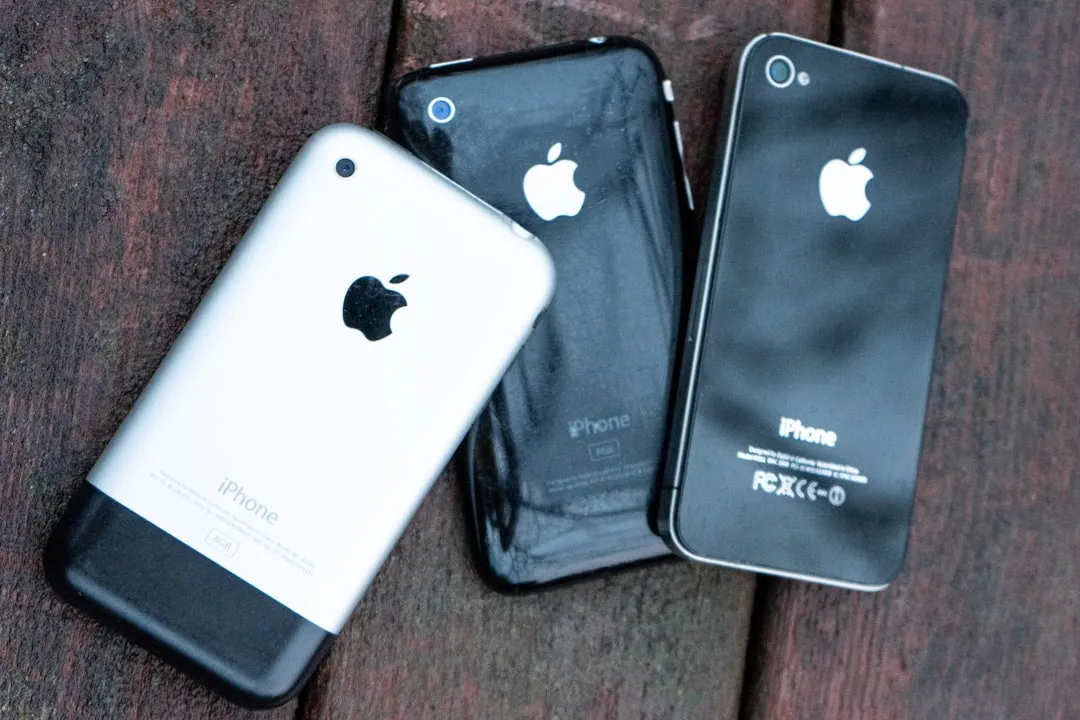
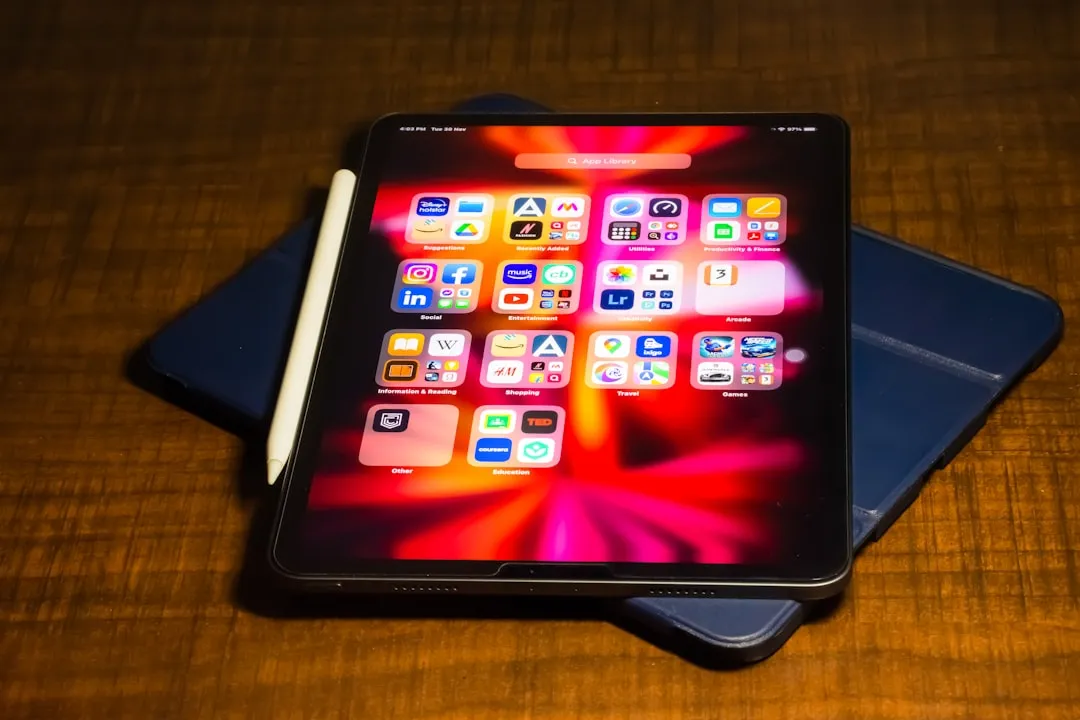

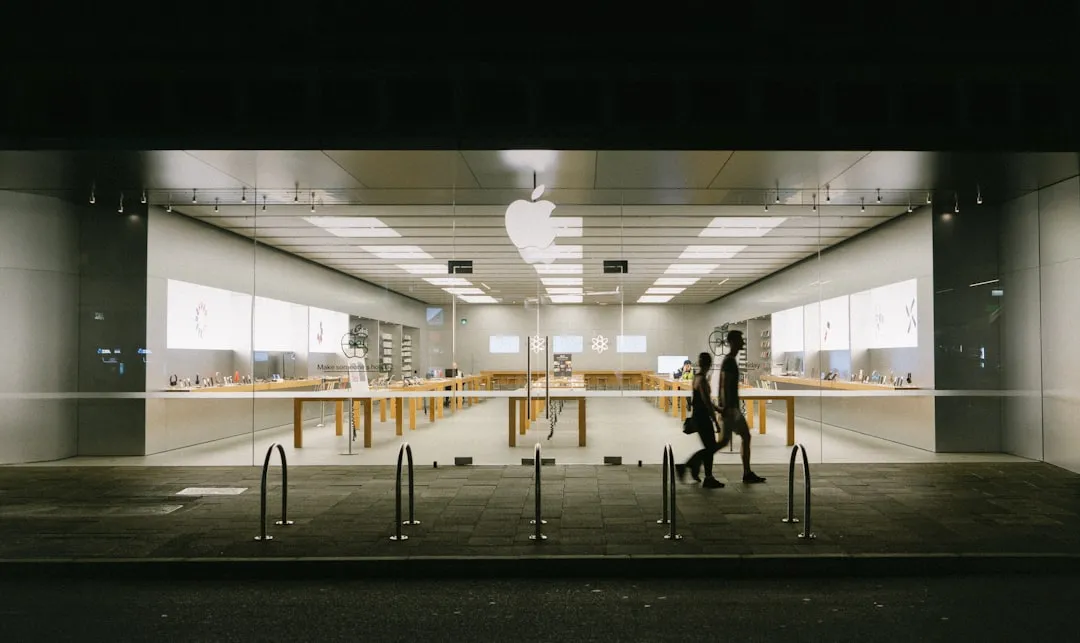
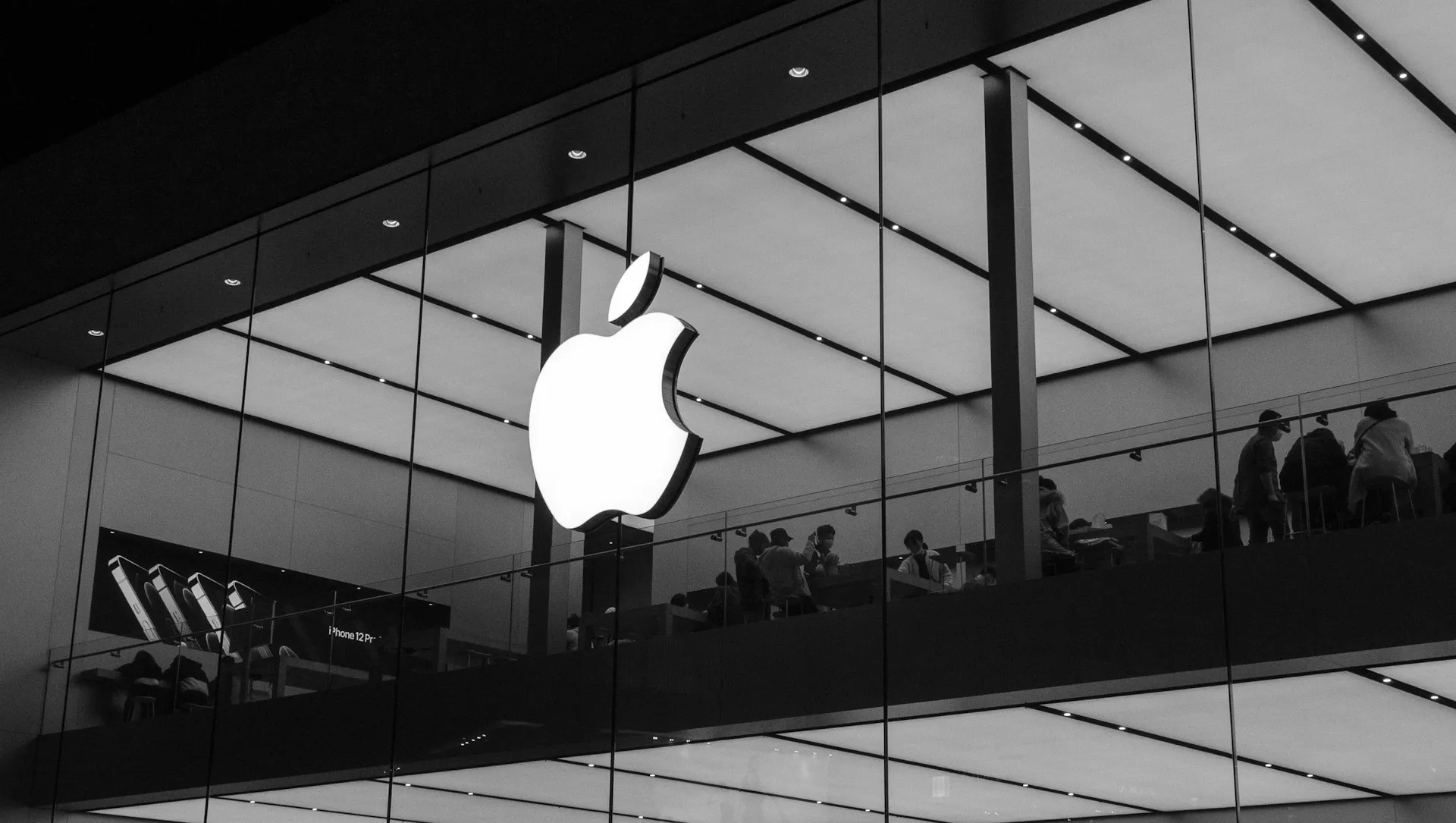
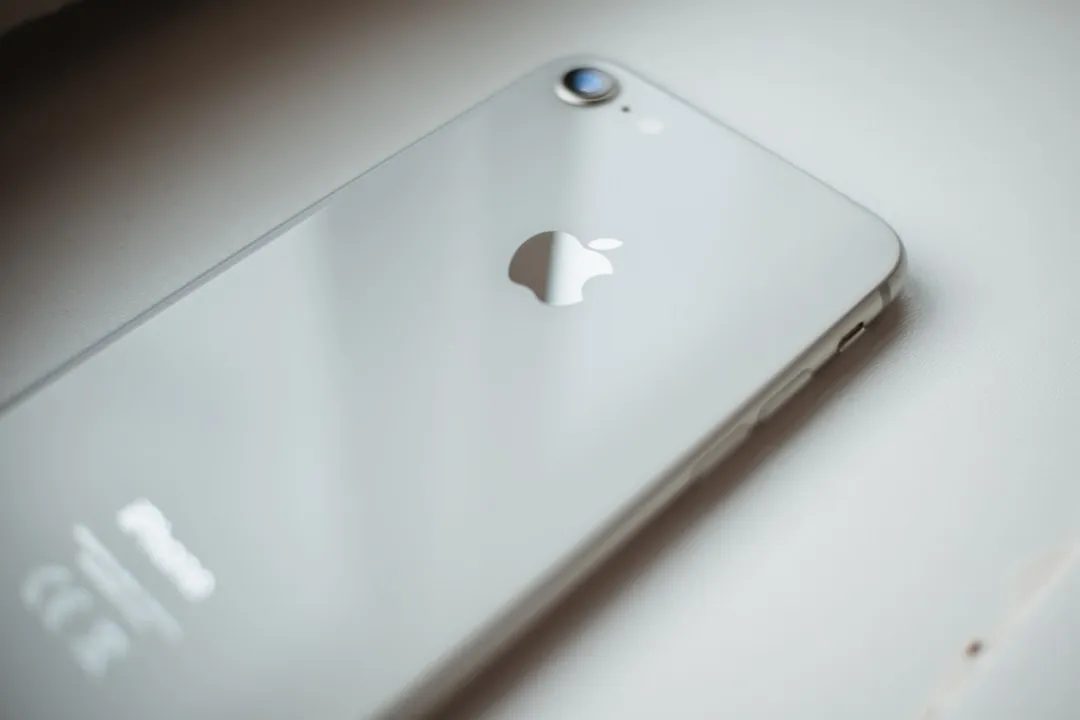
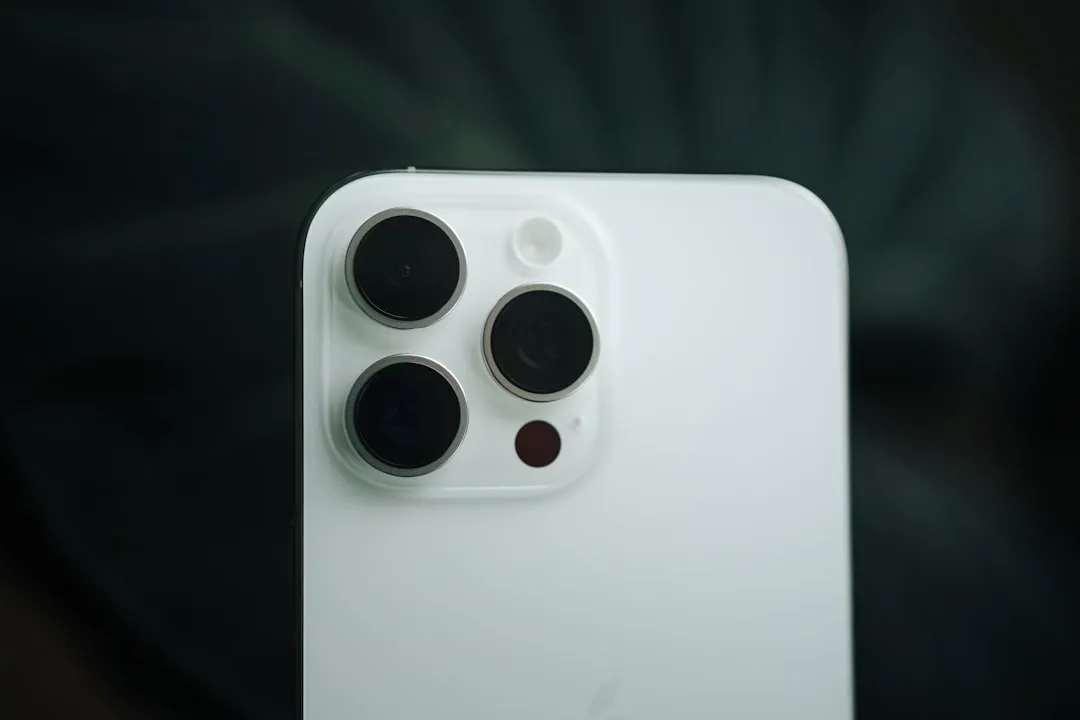
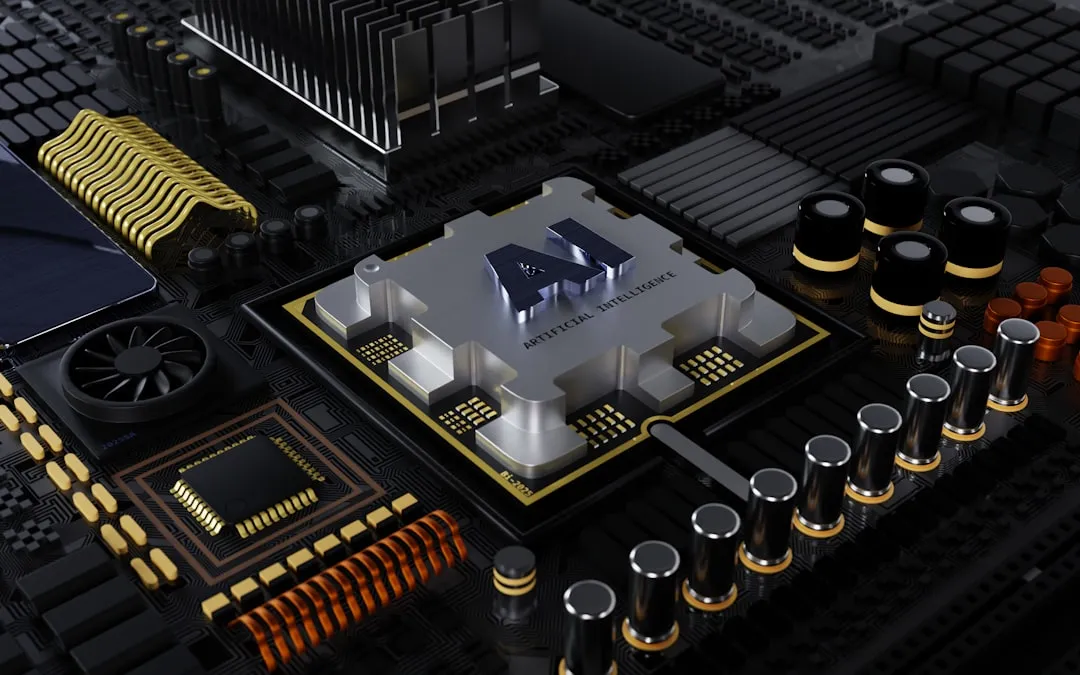
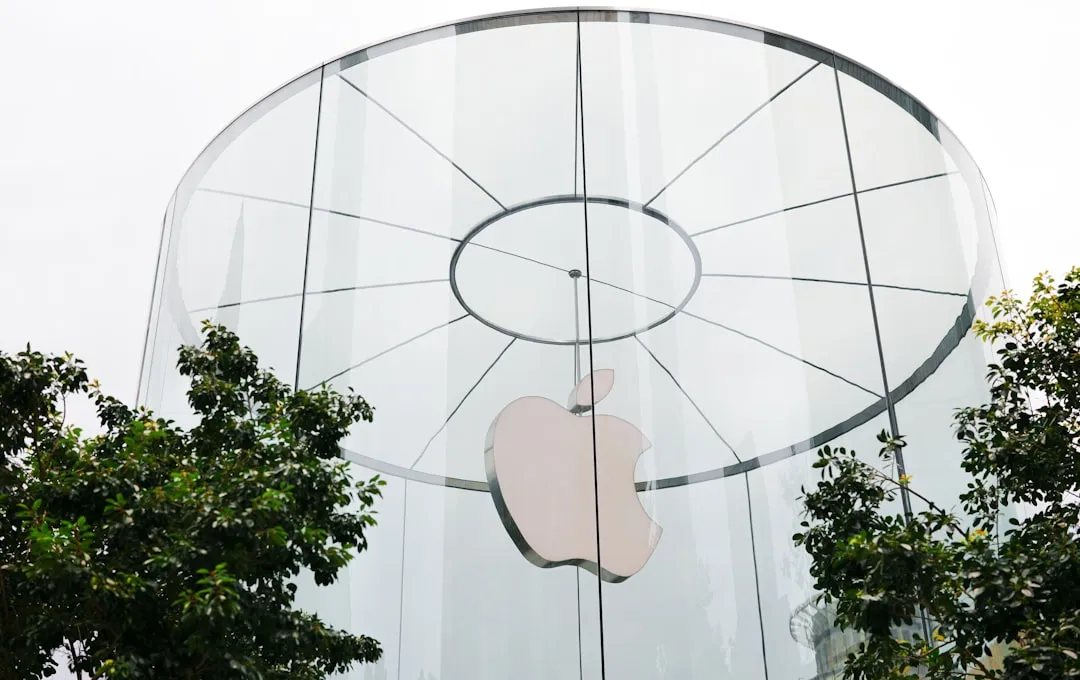

Comments
Be the first, drop a comment!